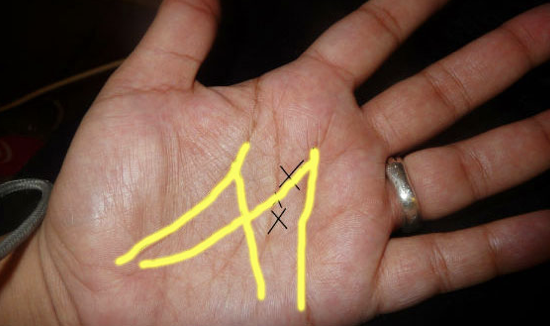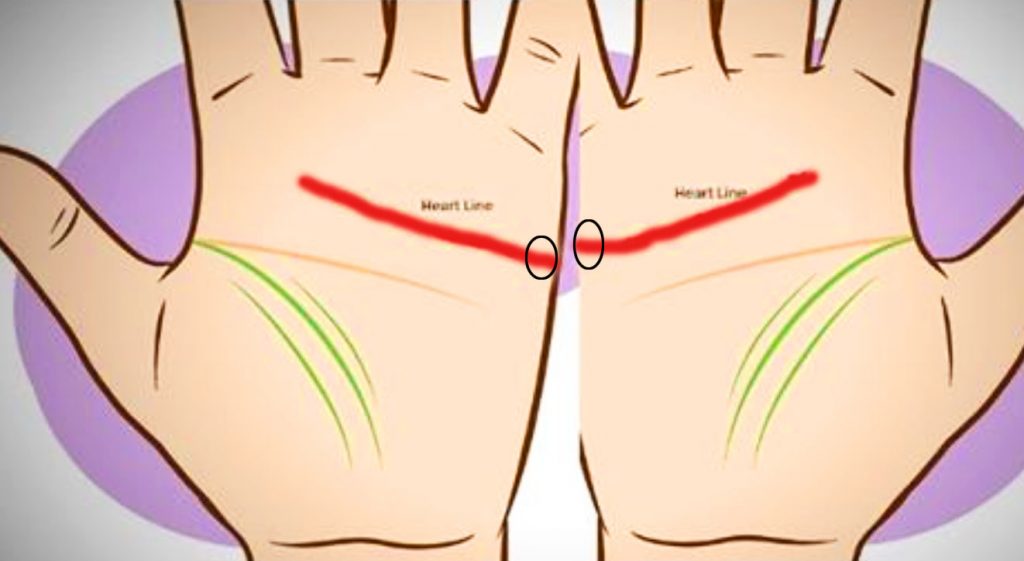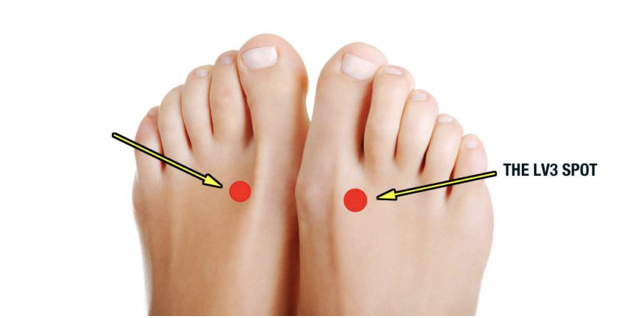These Are The Symptoms and Signs That You Are Having a Blood Clot. THIS Is What You Need To Do.
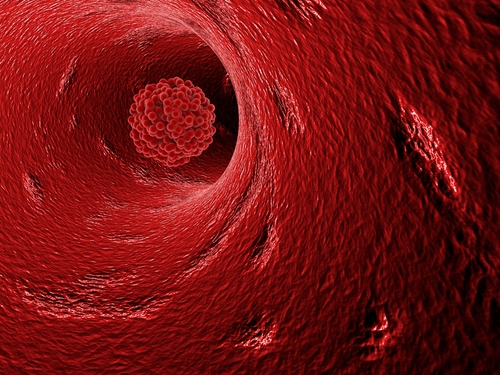
Although blood clots are not uncommon (as many as 900,000 people develop blood clots in the United States every year), they often aren’t treated in time because they go undiagnosed. According to the National Blood Clot Alliance, the lack of early diagnosis of clots (which are easily treated) is responsible for approximately one in three of those who do eventually get diagnosed, to die.
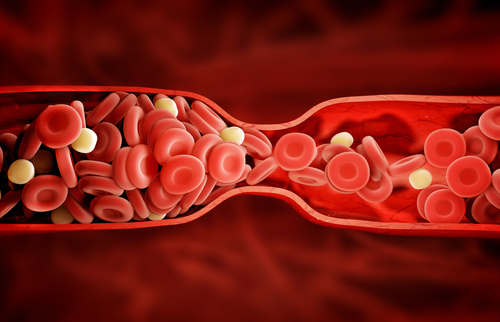
The video you are about to watch below, does a concise job of describing the dangers of blood clots; they become seriously harmful to the body, if they are formed in a place they aren’t supposed to, because they decrease blood flow which can eventually be fatal.
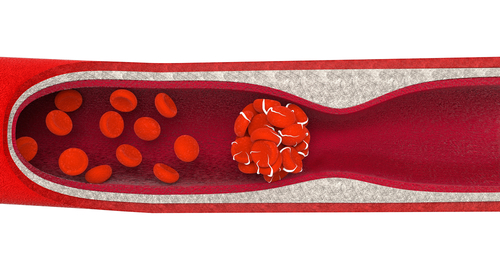
The doctor in the following footage is an interventional cardiologist, who says that the most common place outside of the heart, where there may be artery blockage, is the legs.
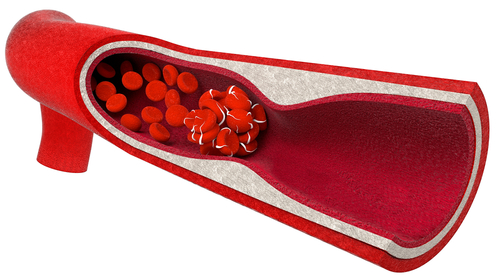
Blood clots in the legs are known as deep vein thrombosis (DVT); Dr. Attar will discuss the SYMPTOMS, DIAGNOSIS and TREATMENT of BLOOD CLOTS IN THE LEGS. Swelling, tenderness, a certain kind of episodic cramping and skin color discoloration are some of the warnings he will discuss.
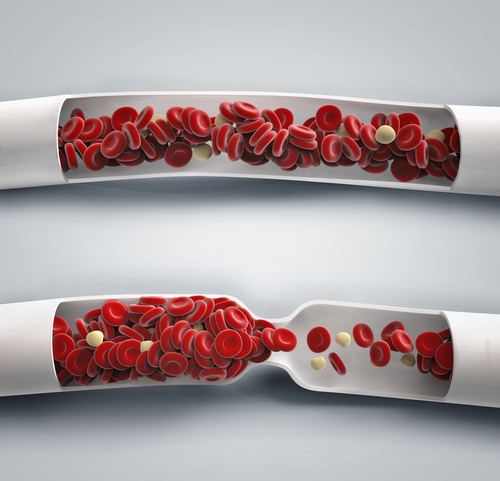
He goes on to discuss in greater detail what to look out for, the importance of getting to a doctor in time to diagnosis and enable the treatment necessary. The information you will hear can prevent a serious threat to your health, that can ultimately be fatal.
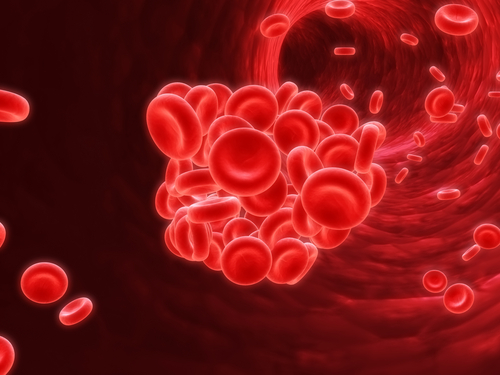
Please SHARE this important HEALTH video with your friends and family it could save a life!
7 Signs and Symptoms You Have Mold Illness and Do Not Even Realize It. Good To Know.
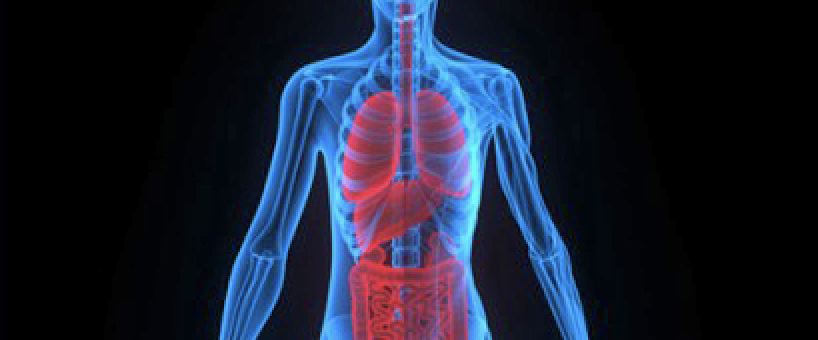
If you ever spot mold inside of your home, the chances are high that there’s likely a whole lot more growing in places where you can’t see. Even if you think your place is spotless and don’t see any visible signs, there’s definitely mold lurking somewhere, whether it’s in the dry wall or cracks and crevices around your home. That’s because the pesky fungi is impossible to completely avoid and can be found just about everywhere in the world. The most common indoor household areas include damp, warm, and shady spots, which makes bathrooms and basements the perfect place for mold to grow.
As nasty and gross as mold looks and sounds, the real issue is the harmful impact that it can have on human health. Many types of mold are extremely toxic, some are even deadly, yet it’s difficult to determine what types of mold you may be dealing with. According to the CDC’s online mold fact page, it is estimated that there are anywhere between 10 and 300 thousand different types of mold!
Included among the common indoor varieties is the widely feared Stachybotrys Chartarum, aka toxic black mold, which produces mycotoxins that are capable of causing a number of serious health issues. In addition to mycotoxins, which are toxic chemicals produced by mold, countless numbers of tiny, invisible spores also get released as mold grows and we end up breathing and ingesting both of these toxins directly into our bodies.
When mold enters our systems it can cause what’s generally known as ‘mold illness.’ There are a variety of health problems and complications encompassed by mold illness which include reactions such as inflammation, allergies, rashes, asthma, and other respiratory issues. All of these and more are covered below and the following list contains the most common symptoms associated with mold related illness.
1. Dry Skin and Rashes- Not many people are aware of dry, itchy, flaky skin as being a sign of mold toxicity, but in some cases it can be. Rashes vary widely as to size and scope of severity, some people may develop painful rashes or hives, while others experience inflammation, itchy patches of skin, and extreme discomfort. Should this ever happen to you, try your best to avoid scratching because that tears open skin and leaves you open to a much greater risk of infection. Furthermore, always seek professional medical treatment if intense swelling, pain, or discharge is present at a rash site because those are signs that you may be having a severe allergic reaction and your body can’t handle it.
2. Changes in Eye Health- Any changes in eye sensitivity should always be taken seriously. In terms of mold exposure, it can end up triggering an allergic response and in many people this causes symptoms that include blurry vision, redness, mild to intense itching, and watery eyes.
3. Headaches- Those who suffer from chronic headaches and/or frequent migraines may be able to trace the source of their pain to mold exposure. Sinuses often become infected and inflamed when we breathe in airborne mold particles. The sinus pressure this causes is what in turn causes many people to experience painful migraines and headaches.
4. Depression- Feelings of sadness and depression have been linked with mold illness and studies have found that damp, dark living spaces are ideal not only for mold growth, but also for having a negative effect on our mental health. Add to that all of the other terrible physical health issues that typically accompany mold exposure and any depression one may be feeling is made all the more worse. You can instantly improve the air quality inside your home by opening up the windows and airing the place out. Get a couple of plants too, they’re nice to look at and help to filter pollution and toxins from the air.
5. Breathing Difficulty- Respiratory-related issues are among the most common symptoms of mold illness. Coughing, wheezing, not being able to breathe deeply, and an inability to catch one’s breath are all red flags that point to mold allergies and exposure. People with asthma typically experience much worse symptoms due to all the mycotoxins and mold spores present in the air at any given time, which can trigger asthma attacks.
6. Bodily Aches and Pains- Unexplained muscle pain with no clear cause may actually be a symptom of mold illness. People typically experience a mild sort of achiness, but others have described the pain as being sharp, shooting, and intense.
7. There are a number of other signs of mold illness and they include the following; sneezing, runny nose, postnasal drip, fatigue, weight gain, stomach pain, numbness, chest tightness, nausea, diarrhea, twitching, and shaking. All of these symptoms are easily (and much more commonly) ascribed to all sorts of other health issues, especially allergies, so oftentimes people’s mold illness gets misdiagnosed and is attributed to those causes. That’s why it is very important to seek medical treatment if you think that you may have been exposed to mold and any symptoms you have continue to persist.
Watch the video below to learn how rid your house of Mold and Mildew:
Please SHARE This With Family and Friends
8 Signs You Had a Stroke and Might Not Know It. Don’t Ignore These Signs.
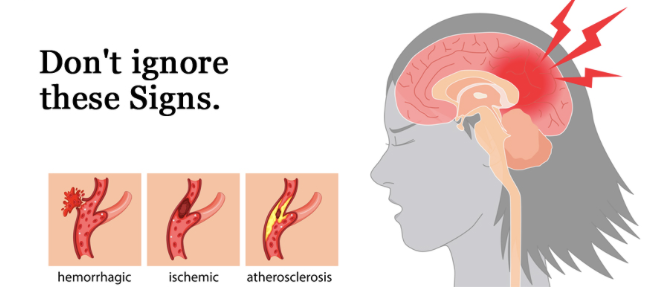
The brain requires blood flow to function. When a blood vessel is blocked in the brain (Ischemic-known as a TIA) or starts to bleed (Hemorrhagic-a full on Stroke), you are at risk for severe and potentially permanent damage to the brain or death, if you do not act quickly.
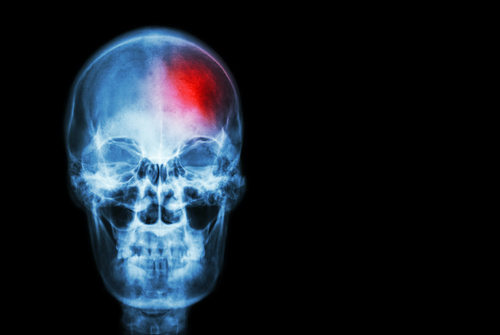
As with many health issues, SYMPTOMS of a STROKE are often thought to be something else and get IGNORED. As strokes can cause serious brain damage, and is the fifth leading cause of death in the U.S., NOT IGNORING THE SIGNS OF STROKE is key to survival.
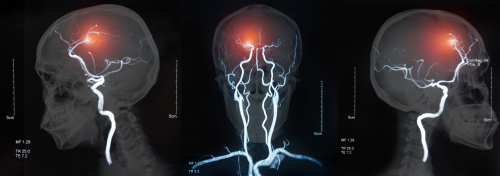
The VIDEO you are about to watch below, does a great job of explaining what actually happens when a stroke occurs, lifestyle modes that will help to prevent a stroke from happening, and most importantly it offers the acronym F.A.S.T. that will alert you to seek medical help immediately!
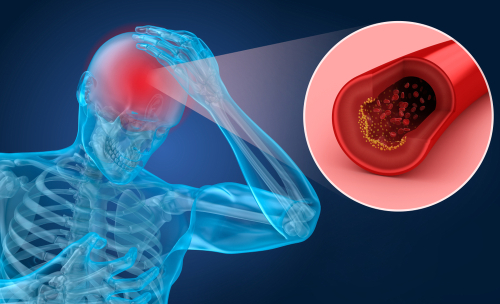
While certain symptoms such as:

(1) A BAD HEADACHE OR MIGRAINE or
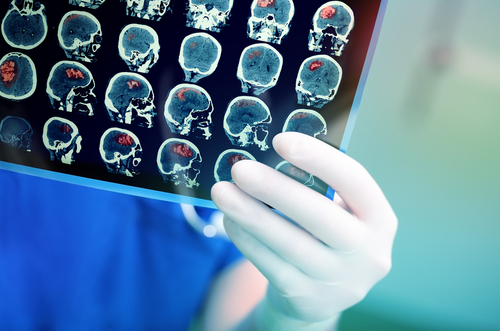
(2) SUDDEN ONSET OF EXTREME FATIGUE can be a part of the onset of a STROKE, these signs can often be overlooked. However, the more concrete SIGNS of STROKE put out by “The American Stroke Association” symbolized by F.A.S.T. are:
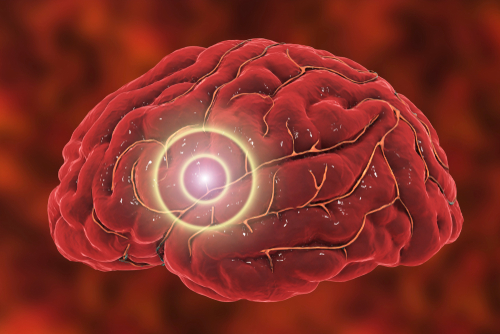
(3) F for FACE DROOPING ON ONE SIDE
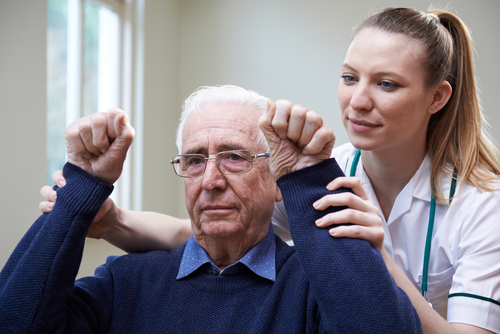
(4) A for ARM NUMB: if you have NUMBNESS OR WEAKNESS IN ONE ARM, for more than a few minutes, this is a critical warning sign. Strokes tend to affect one side of the body.
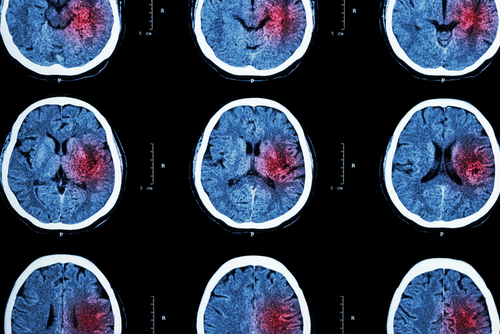
(5) S for SPEECH DIFFICULTY: When one side of the brain is affected by a Stroke, lack of blood supply can cause speech to be SLURRED or completely GARBLED. You may think that you are speaking clearly, but if someone with you says they can’t understand your speech, take it seriously!
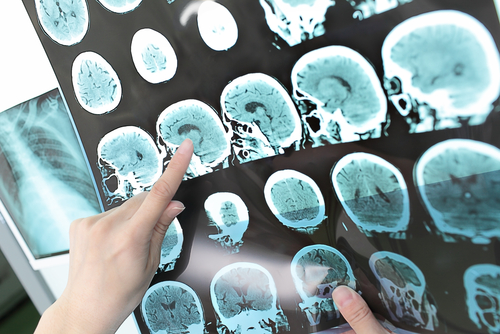
(6) T for TIME: Time is of the essence; calling 911 immediately can mean the difference between PERMANENT BRAIN DAMAGE OR NOT, and LIFE or DEATH.
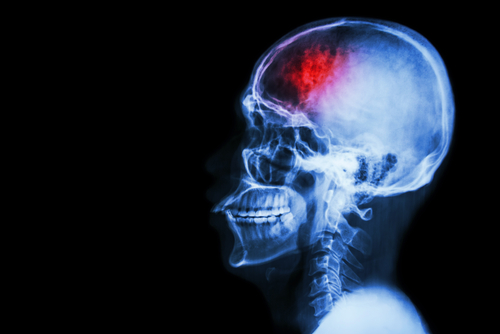
Additional SIGNS that SHOULD NOT BE IGNORED ARE:
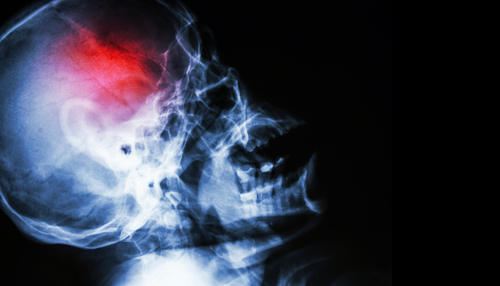
(7) VISION DIFFICULTY IN ONE EYE: Seeing double or blurred vision in one eye often occurs when the brain is affected by a Stroke.

(8) CONFUSION or DIFFICULTY THINKING: When a stroke occurs, a part of your brain does not receive blood flow and therefore is STARVED OF OXYGEN which can cause you not to be able to think straight or to speak intelligibly.
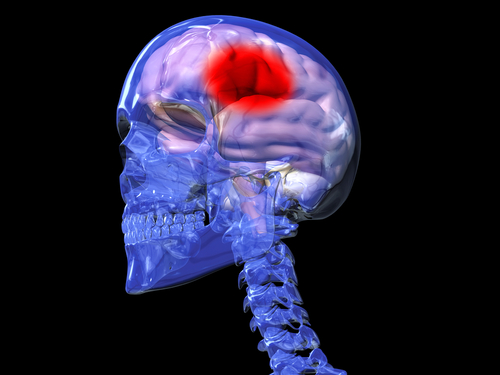
Please SHARE this with your family and friends, it could SAVE A LIFE!
The 8 Most Common Signs Of A Gluten Intolerance Most People Don’t Know They Have Or Just Ignore!

We have all been hearing about gluten free diets for a few years now. Some people think that everyone needs to be on a gluten free regimen, and others mistakenly think that it has something to do with weight loss. The truth is that gluten intolerance or sensitivity is a syndrome suffered by approximately 15% of Americans.
This number could be somewhat higher because a large majority who are somewhere on this spectrum, never will be correctly diagnosed. That is why the information contained in the video below is really quite important. You may be suffering some of the following symptoms, and have no idea what is wrong with you.
The following are 8 signs that may mean you have a sensitivity or intolerance to gluten:
CHRONIC DIGESTIVE PROBLEMS; everything from constipation to diarrhea, and bloating that comes from gas buildup without any obvious cause, can be a sign of gluten intolerance. In children particularly, constipation that doesn’t go away may be indicative of gluten intolerance.
Some of you may have touched the back of your arms and thighs and felt little bumps for years. This “chicken skin”, believe it or not, may be a condition known as KERATOSIS PILARIS; it comes from a lack of fatty acid that is a result of gluten doing damage to your gut. I would never have thought that this could be related to gluten sensitivity.
CHRONIC FATIGUE can be a function of so many disorders, and obviously too little sleep. So what might alert you to a relationship between your fatigue and gluten intolerance? When the fatigue and a kind of brain fogginess follows meals that contain gluten. With chronic fatigue, a consultation with a physician should be sought right away.
A DIZZY FEELING, almost like being drunk, where your balance is impaired is another common sign of gluten intolerance.
Having pain in multiple trigger points and joints may lead to a diagnosis of FIBROMALGIA. When coupled with chronic fatigue, rather than being Fibromyalgia, you may very well be suffering from gluten intolerance. Many diagnosed with Fibromyalgia never look further; by eliminating gluten from their diet they could end up pain-free.
MOOD DISORDERS, or mood swings associated with anxiety, depression, bipolar disease, ADD and ADHD may be triggered by gluten intolerance. The only way to find out if this is a contributing cause, is to eliminate gluten from your diet, and see if the disorder gets better.
CHRONIC HEADACHES or MIGRAINES can be caused by many things. However, it may be indicative of gluten intolerance. Changing nothing but the elimination of gluten, and seeing if the headaches are reduced or eliminated, is the way to discover if gluten is involved.
Although AUTOIMMUNE DISEASES such as: rheumatoid arthritis, ulcerative colitis, Hashimoto’s thyroiditis, Psoriasis, Multiple Sclerosis, Lupus and Scleroderma can come from many different sources, gluten intolerance is one cause that should be ruled out with all of these diseases.
After you watch the video below, please let us know if any of these signs or symptoms are something that you have suffered, and whether you think that gluten intolerance may be a possible cause.
Please SHARE this with family and friends
If You Always Get Heart Burn and Acid Reflux. THIS Is The Reason Why and How To Treat It Naturally.
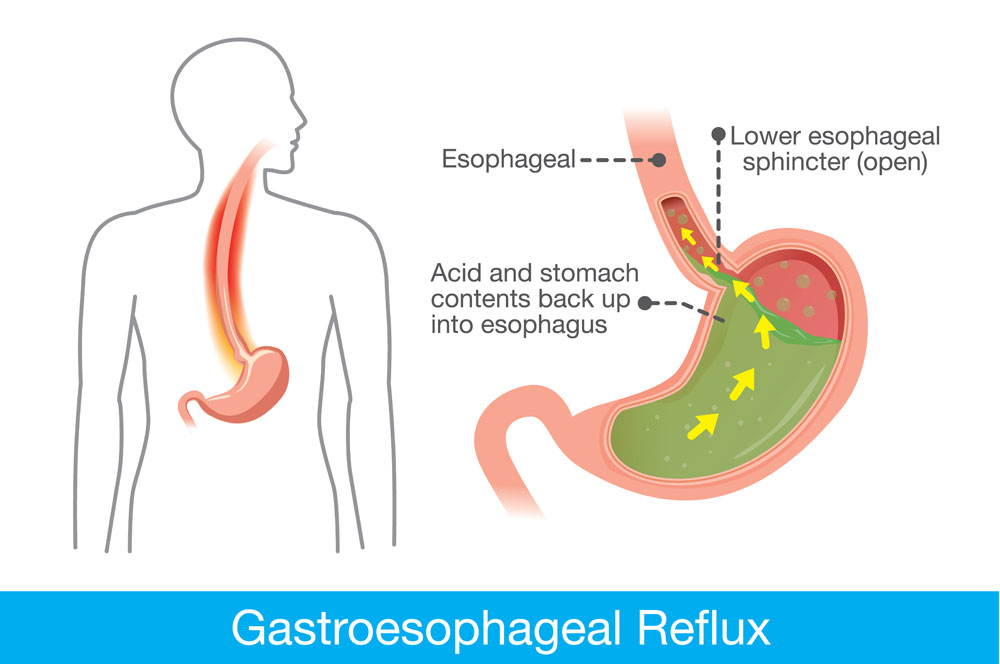
One of the worst feelings is that sensation of burning that you can get after eating! Known as Heartburn or Acid Reflux, approximately 60 million Americans suffer from this burning several times a month. Of these 60 million, according to www.healthline.com 15 million experience this unbearable discomfort daily, commonly in the stomach, throat and mid-chest.
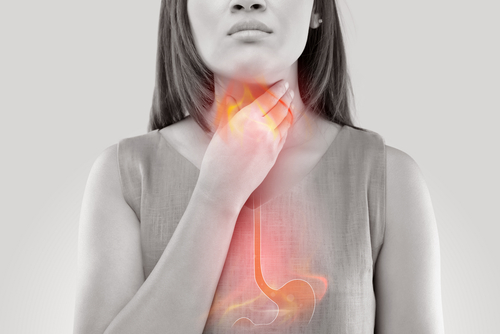
Symptoms can be temporarily alleviated by anti-reflux medications or antacids, but the problem will continue unless you make some changes, that are natural home remedies you will hear about in the video below.
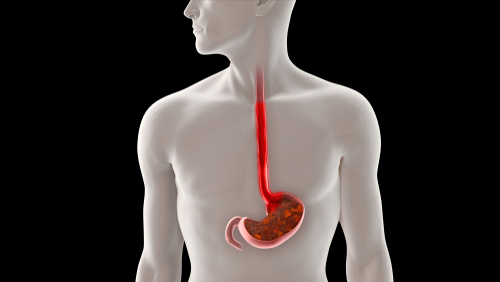
Dr. Axe presents a comprehensive explanation of why acid reflux occurs; you will hear him discuss the CAUSES, which include enzyme deficiency and acid imbalance in the stomach. He then goes step by step in explaining the DIETARY CHANGES that you need to make; foods that should be eliminated and ones that should be added.
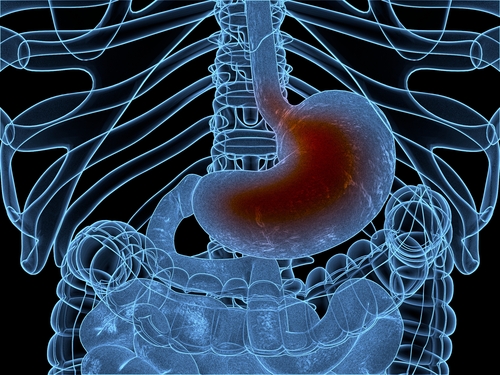
He then discusses SUPPLEMENTS that should be taken with meals, as well as LIFESTYLE CHANGES which include the amount you eat at each meal, how you chew and swallow, and the pace at which you eat.
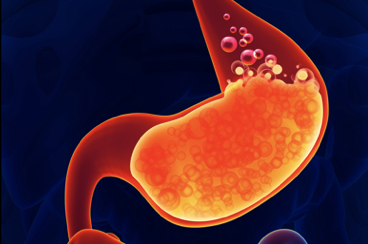
He stresses that the #1 Natural Remedy is drinking 1 Tablespoon of raw, unfiltered APPLE CIDER VINEGAR mixed with a little water, 10 minutes before each meal. For full details on the changes you need to make, in order to naturally rid yourself of heartburn pain and discomfort watch the full video.
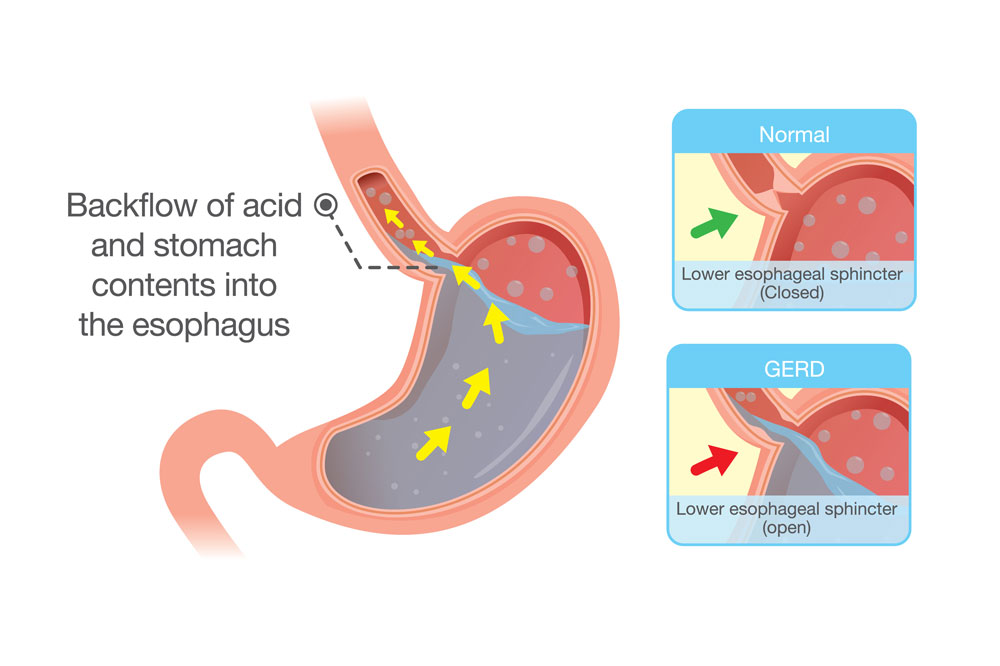
Please SHARE This With With Your Family and Friends; no one should have to live with this chronic pain!
6 Clear Signs a Lost Loved One Is Close By You and Attempting To Send You a Message

When it comes to spirits and the afterlife there are countless theories and beliefs about what, if anything, happens next. Yet despite all the differences, people generally fall into one of two groups; those who believe in a spiritual afterlife and those who do not. The idea that after death our soul passes on to another dimension, or life, or realm is entirely possible. No one truly knows for certain what actually happens when we cease to exist or where our spirit goes when it leaves our body. In fact, what comes next remains one of the biggest mysteries in all of life.

Despite all the uncertainty, many people from all over the world and all walks of life believe that they have been contacted by the spirit of a loved one after they had passed. You may be one of them. Most people report feeling a special type of presence near to them, one that is unlike any other they’ve ever experienced before. The feeling they get from it is not a threatening or haunting one, rather it’s more mystical, positive, and reassuring. In the end, they attribute whatever they’re feeling to the spirit of a loved one who is close by.
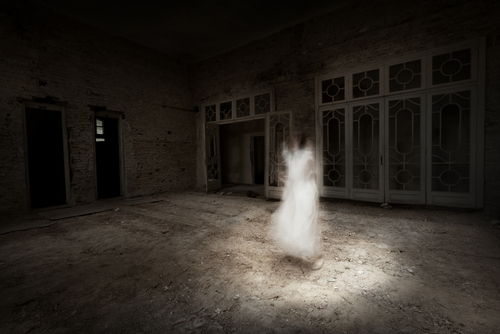
These otherworldly interactions seem to randomly occur in our lives when loved ones send us messages, signs, and other subtle signals. They communicate with us indirectly and if you’re familiar with what to look for, and are open to the whole idea of spiritual connectivity, then you can pick up on these signs and know what each one means. If at some point you’ve ever wondered if the spirit of a loved one was trying to get through to you, then the following information will help you figure that out. These are just several of the main ways to interpret the signs that a deceased loved one is close by:

1) You Can Sense Their Presence:
This usually manifests as a sudden drop in temperature or a slight chill that is immediately noticeable. The air may become heavy or still and it means the spirit of a loved one is nearby. This is perhaps one of the most common experiences we’re able to have with spirits and while it may be off-putting for some, it need not be. The next time you feel it happen, embrace it.
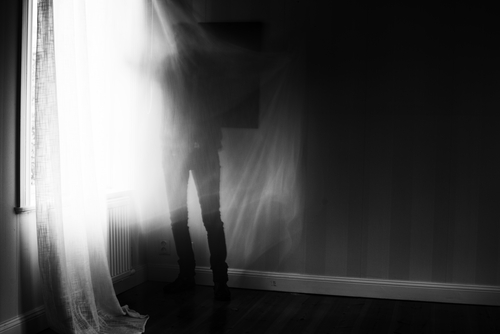
2) Lights Flicker and Electronic Devices Act Up:
It’s commonly believed that the spirit world tries to make contact with us through electricity. While no one knows for sure, it’s thought that electricity charges them up and forces us to pay attention when electronics go haywire. Lights will suddenly turn on and off, bulbs will burn out, computers and laptops will act strange, speaker volume may go up or down, radio and TV channels inexplicably change, your car won’t start. When these types of things occur out of the blue with seemingly no explanation, this means a loved one’s spirit is attempting to gain your attention and let you know they are present.

3) You Dream About Them:
When a loved one who has passed appears in your dreams it’s often believed that they are trying to tell you something important. These types of dreams contain messages or answers to questions you’ve been searching for. Don’t ignore or write them off as just a dream, it’s guidance, advice, and comfort coming from your loved one.

4) Familiar Scents:
When you suddenly smell a pleasant scent that is somehow familiar, it’s a sign that your loved one is nearby or present. Spirits use smells that are special to us because we immediately notice and pay attention to them.

5) The Sudden Appearance of Random Things:
Objects such as feathers or coins that you find in random spots may not be so random after all. The spirits of our loved ones will often stick pennies, nickels, quarters, and other loose change in unusual places knowing that we’ll stumble across them. They do this as a way to help make us feel happy and to signal that they’re close by. So the next time you find a penny or a dime somewhere random, like on your front porch, thank your loved one for the thoughtful gift.

6) You Just Feel and Know They Are With You:
Sometimes there doesn’t need to be an overt sign that forces you to stop and think about a deceased loved one. Instead, you simply can sense and feel that some loving, otherworldly spirit is present and guiding you. This 6th sense or inkling is calming and peaceful. It’s the type of feeling you get inside which you automatically attribute to the spirit of a loved one. For some people it even feels like they’re inside their head talking and sending them messages. When this occurs, and should it ever happen to you, it’s never scary or unsettling, rather it’s reassuring and welcome.
Please Share This With Family and Friends

